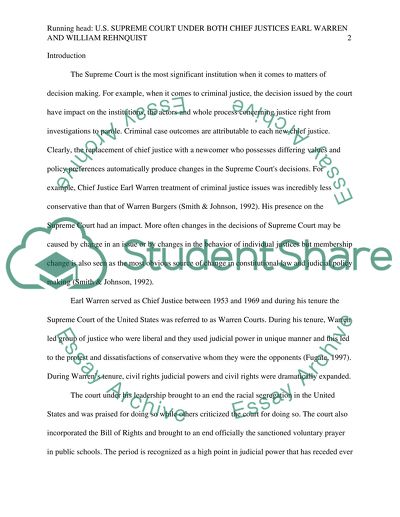Cite this document
(“Compare and contrast the approaches to criminal procedure by the U.S Research Paper”, n.d.)
Retrieved from https://studentshare.org/law/1461269-compare-and-contrast-the-approaches-to-criminal
Retrieved from https://studentshare.org/law/1461269-compare-and-contrast-the-approaches-to-criminal
(Compare and Contrast the Approaches to Criminal Procedure by the U.S Research Paper)
https://studentshare.org/law/1461269-compare-and-contrast-the-approaches-to-criminal.
https://studentshare.org/law/1461269-compare-and-contrast-the-approaches-to-criminal.
“Compare and Contrast the Approaches to Criminal Procedure by the U.S Research Paper”, n.d. https://studentshare.org/law/1461269-compare-and-contrast-the-approaches-to-criminal.


